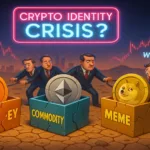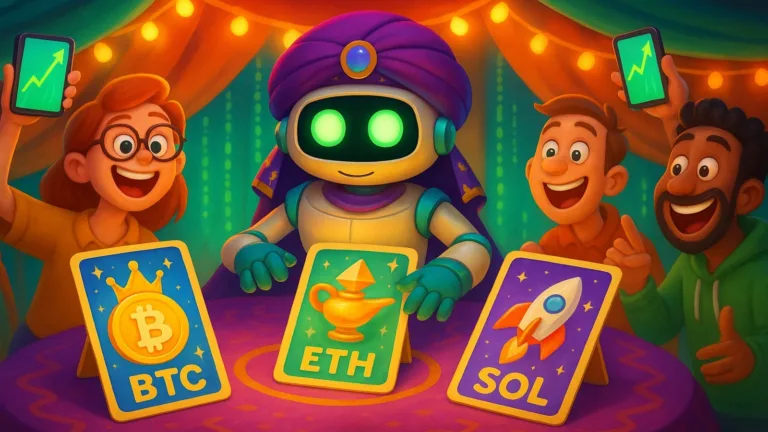Ask ten people what crypto is, and you’ll get ten different answers. For Wall Street, Bitcoin is an asset class, a digital version of gold that fits neatly into a portfolio. For regulators, Ethereum looks like a security, something to police under old frameworks.
For users swapping DOGE on a Friday night, crypto is still money, a medium of exchange that belongs to the internet, not to banks. This phenomenon, experts may refer to as the ultimate crypto identity crisis, isn’t necessarily a flaw but the defining feature of the digital currency. The problem is, everyone is trying to force it into just one box.
The currency dream that refuses to die
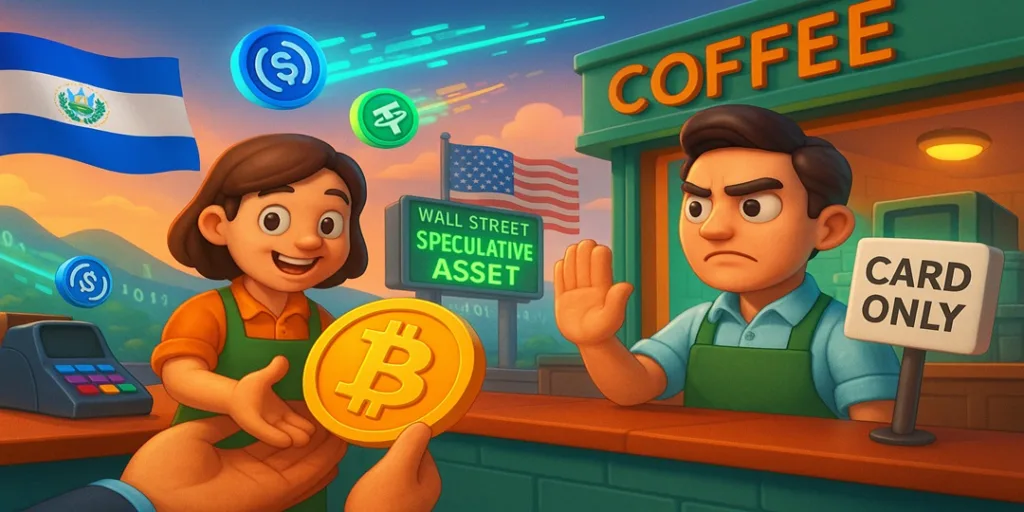
Bitcoin’s whitepaper called it “peer-to-peer electronic cash.” Fifteen years later, the dream of spending Bitcoin at your coffee shop is still alive but uneven. El Salvador calls it legal tender; in the U.S., it’s mostly a speculative holding. Meanwhile, stablecoins like USDC and USDT actually function as currency in practice, flowing across borders and settling billions daily.
So is crypto “money”? For millions of users in Argentina, Nigeria, and Turkey, where inflation makes fiat a joke, the answer is yes. For the average American, it’s still an investment more than a paycheck.
The commodity argument

U.S. regulators have played tug-of-war over this question. The CFTC calls Bitcoin a commodity, like oil or gold. That framing makes sense: it’s mined, it’s scarce, it’s traded globally. Yet Ethereum, Solana, and countless others keep landing in the gray zone, where the SEC insists tokens look like securities shares in projects disguised as coins.
Here’s the irony: labeling crypto a commodity makes it easier to regulate and integrate into traditional markets. Labeling it a security makes it harder to innovate. Both may be true at once.
Culture coins: Where identity becomes the product
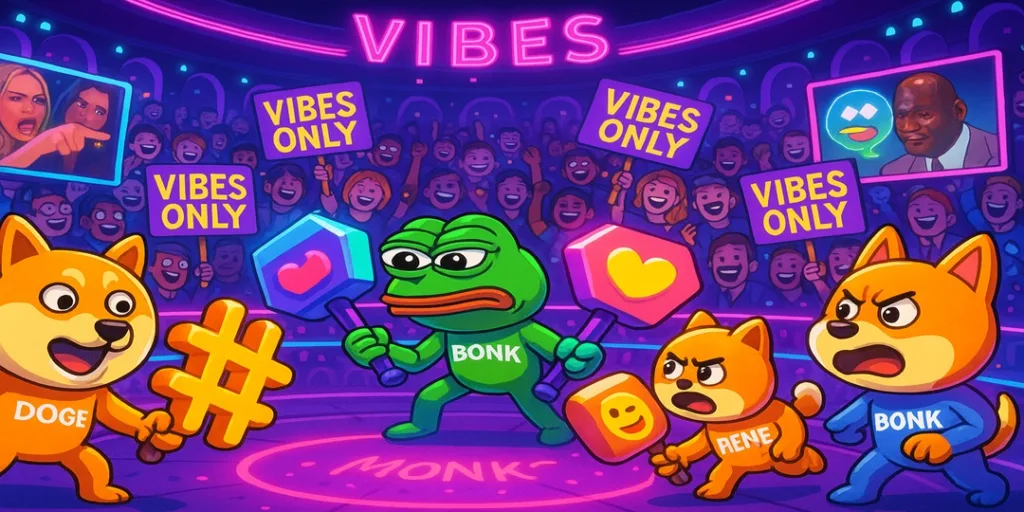
Then there’s the third category: culture. Memecoins like DOGE, PEPE, and BONK don’t pretend to be commodities or currencies. They’re culture coins, expressions of identity, humor, and online community. They rise and fall not because of fundamentals but because of vibes.
That makes traditional finance analysts nervous. How do you value a joke? But that’s the point; crypto as culture is about belonging. Buying a memecoin is like buying into a digital tribe. It’s speculative, sure, but it’s also deeply human.
Why the crypto identity crisis is its superpower
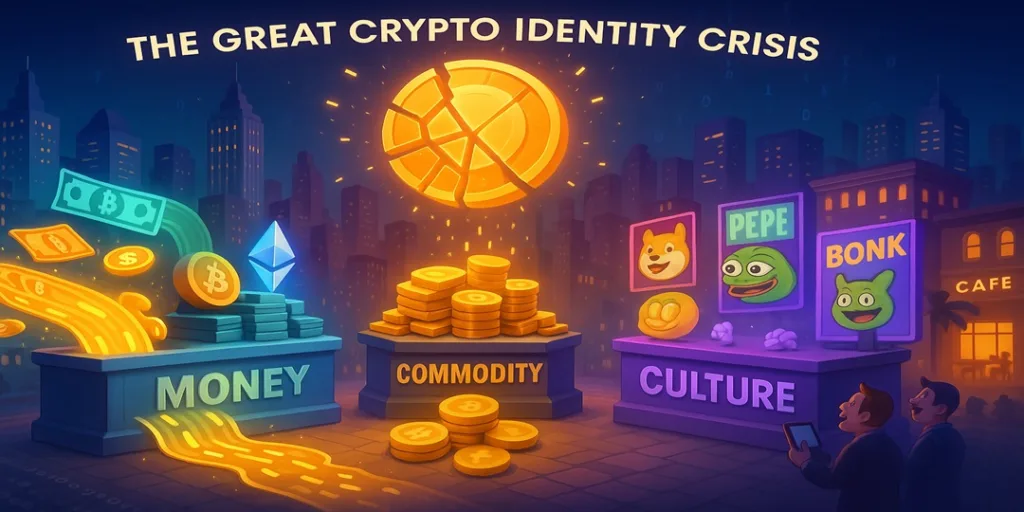
Most industries thrive on clarity. You want to know if your investment is equity, debt, or a commodity. Crypto breaks that rule. Its messiness is exactly what makes it powerful.
- As currency, it provides freedom from inflation and capital controls.
- As a commodity, it offers a scarce digital resource that institutions can hold.
- As culture, it creates belonging in a hyper-online world.
If crypto can’t decide what it is, maybe that’s the point: it can be everything at once.
The danger of forcing a single identity
The real risk isn’t that crypto is too many things; it’s that regulators, banks, and even some in the industry want to narrow it down. Wall Street prefers crypto as a commodity asset that they can custody and sell. Regulators prefer crypto as a security they can sue. Users often just want it as money they can send or culture they can share.
Forcing it into one box could kill its innovation. The internet itself once suffered the same confusion: was it a library, a phone line, or a shopping mall? In the end, it became all of the above.
Closing remarks
Crypto doesn’t need a single identity to survive. In fact, its refusal to be defined is what makes it impossible to kill. Money, commodity, culture; crypto is each and all of these, depending on who you ask and how you use it.
The great crypto identity crisis isn’t a weakness. It’s the story of a technology still writing its own definition in real time. And in that chaos lies its greatest strength.


